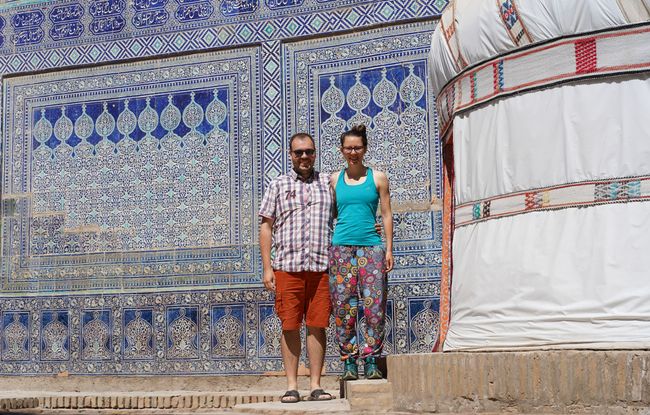
Usbekistan 2019
vakantio.de/usbekistan-2019
Day 7 & 8: Yurt camp at Aydarkul Lake
Ebimisami: 09.09.2019
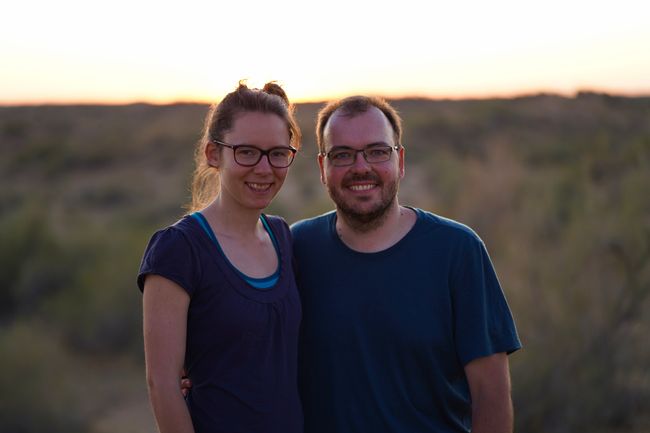
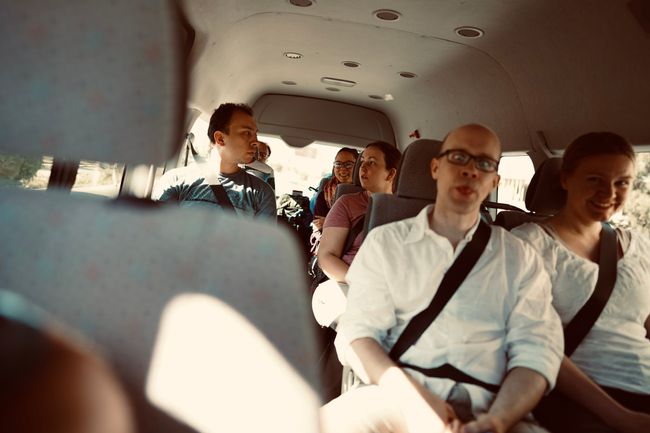
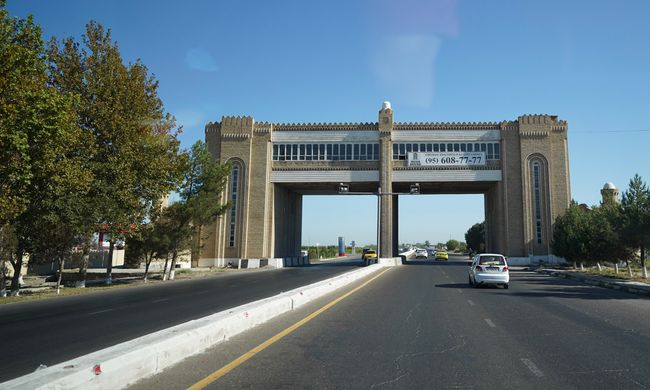
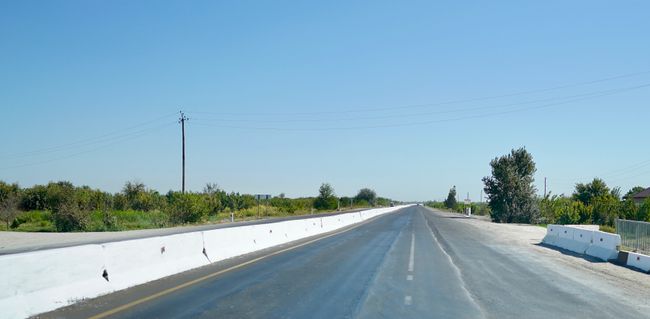
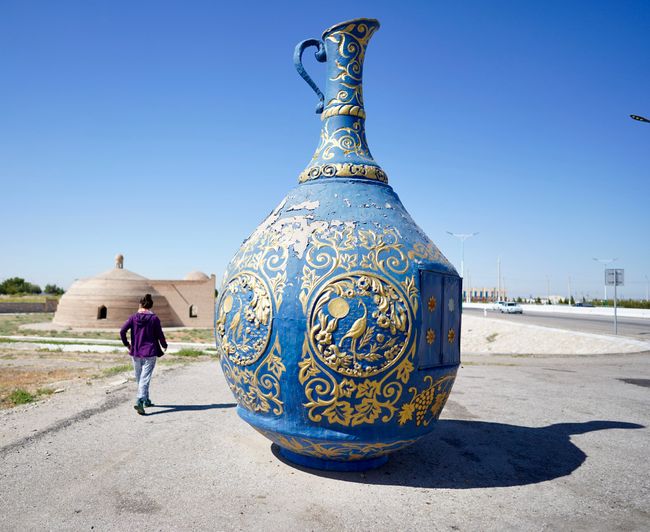
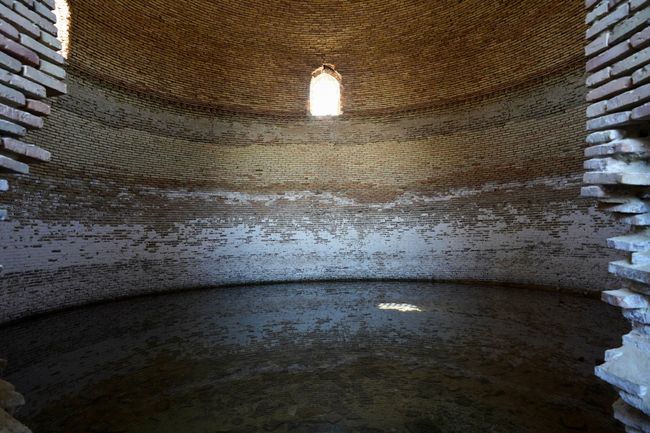
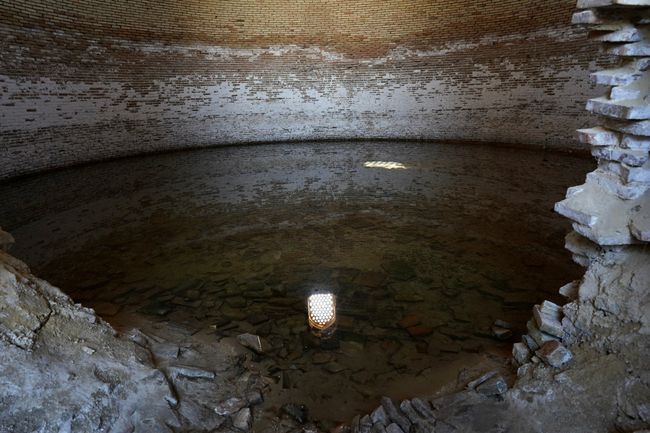
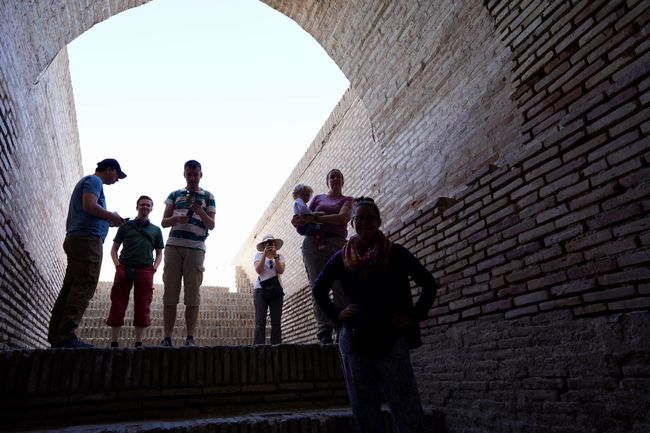
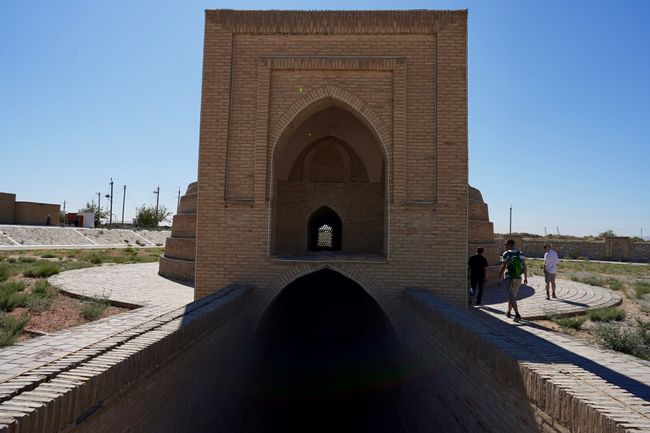
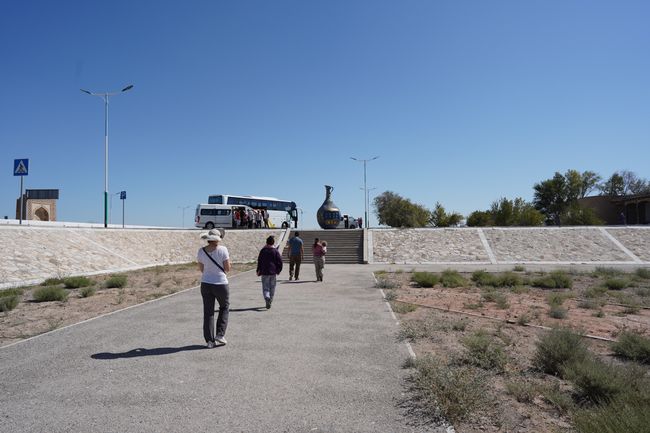
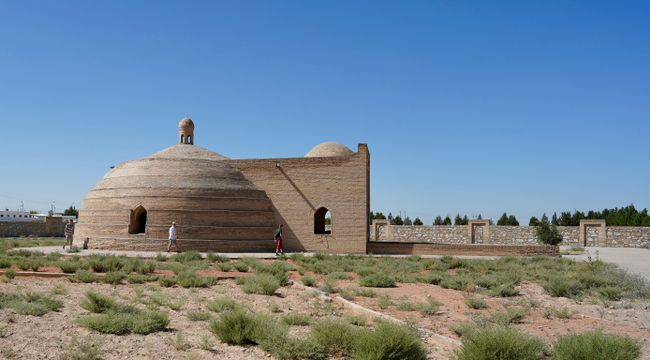
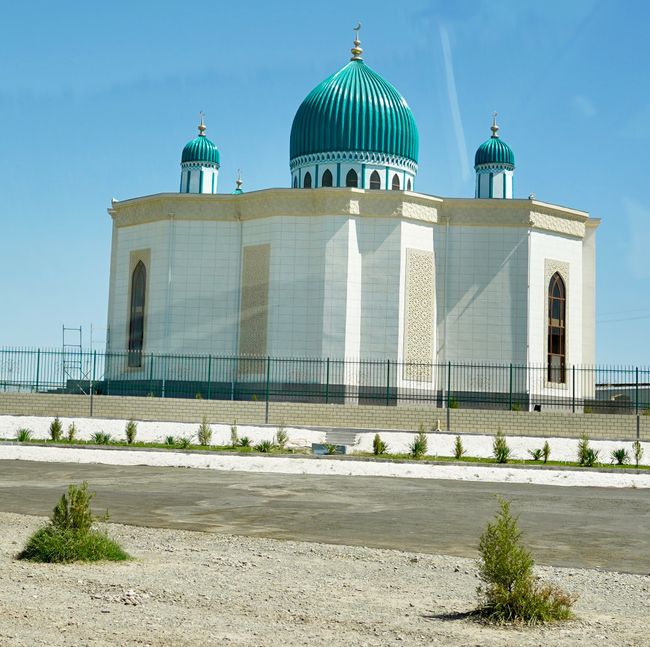
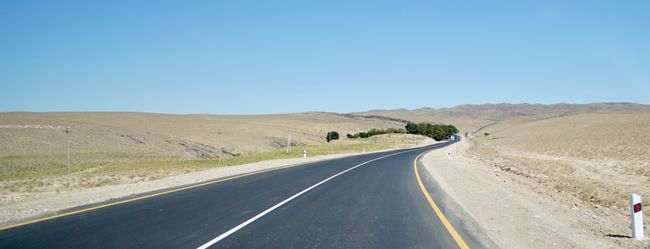

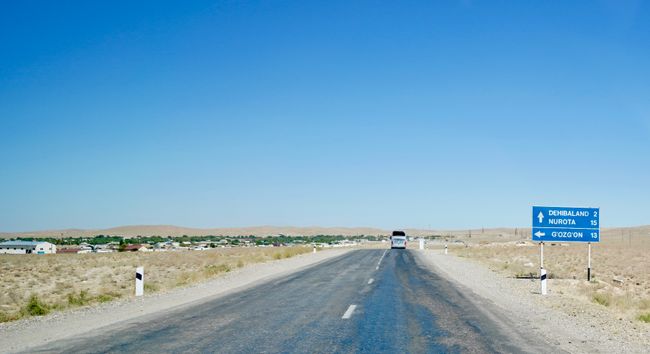
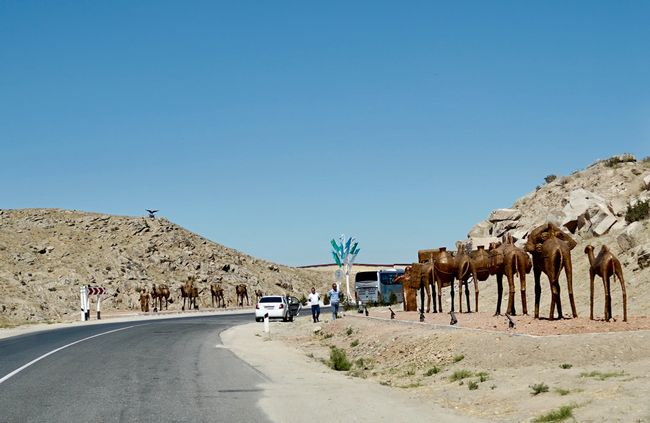
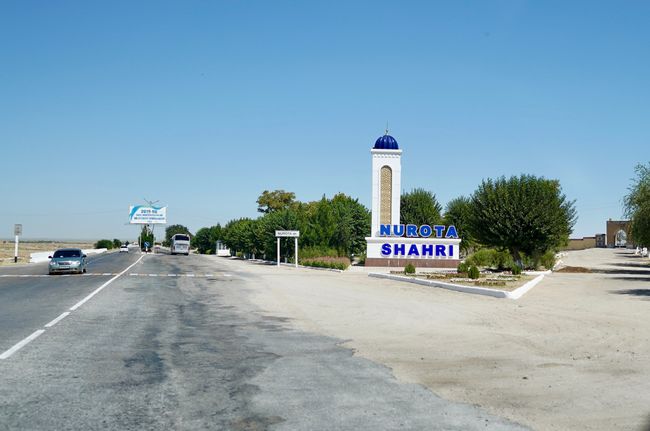
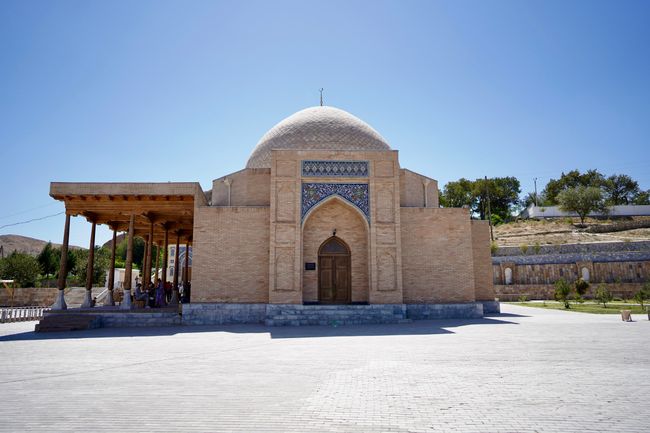
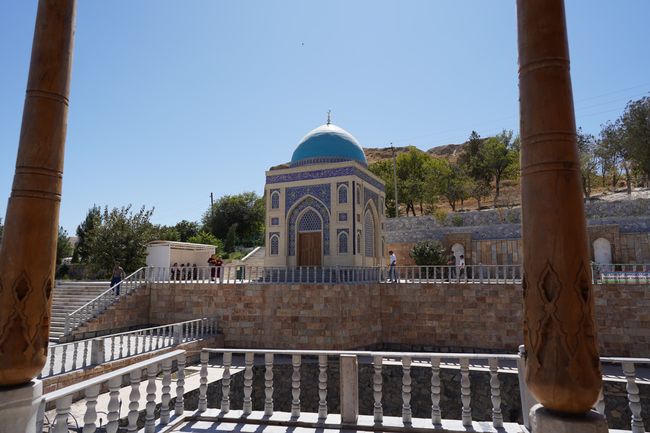
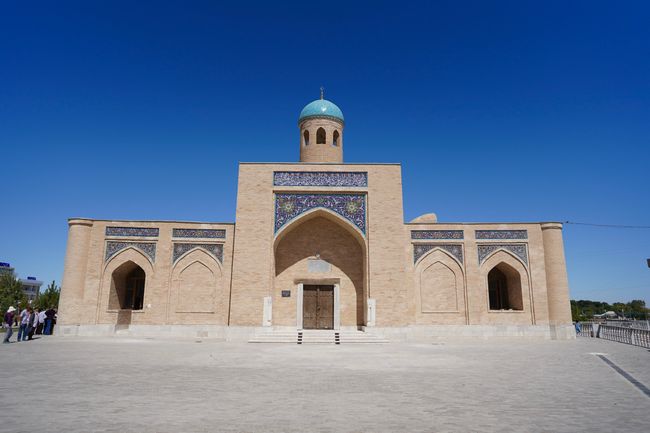
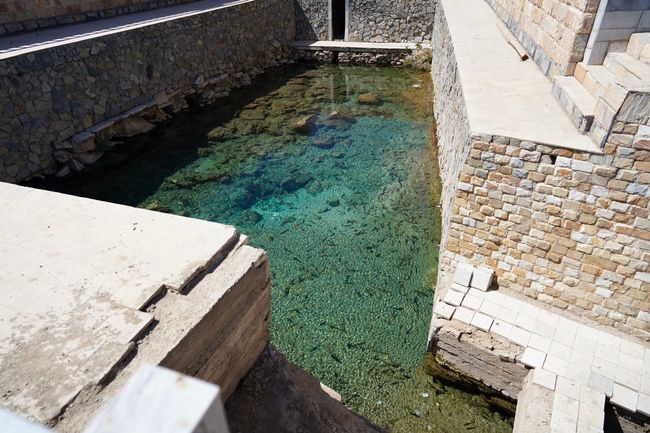
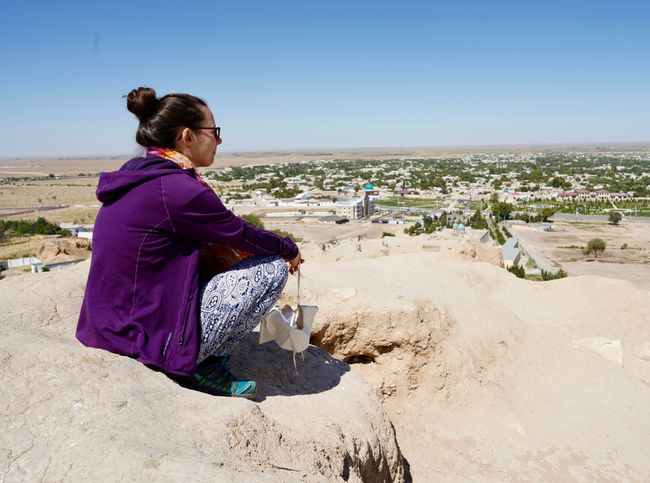
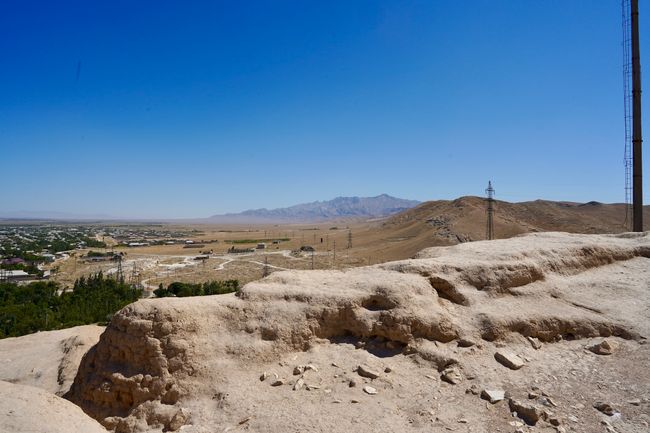
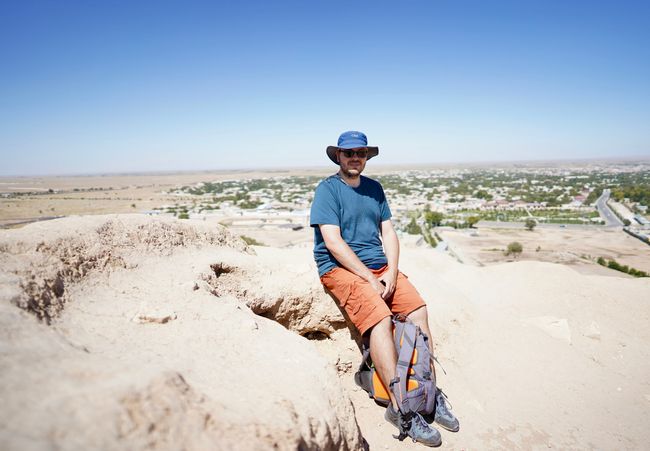
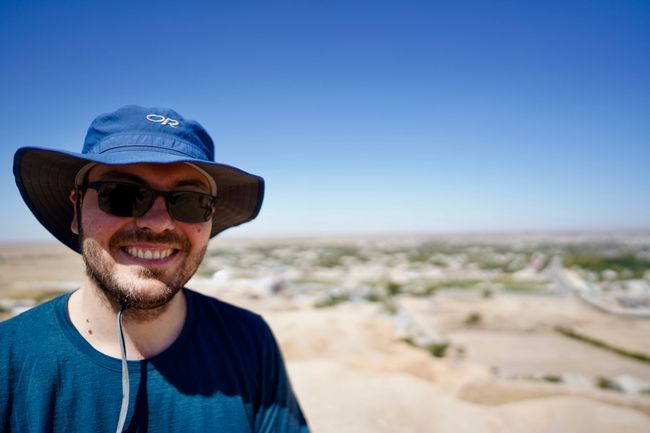
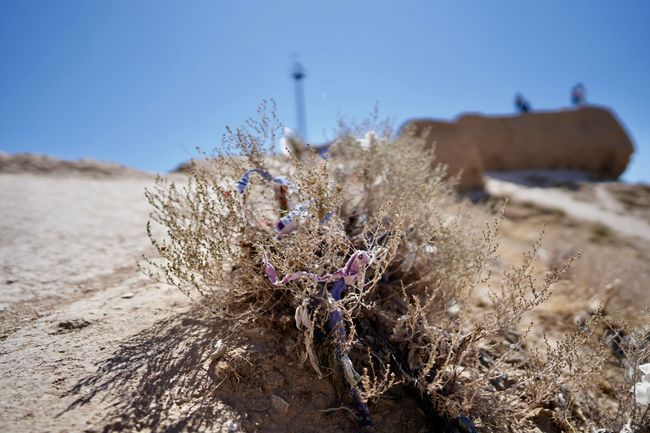
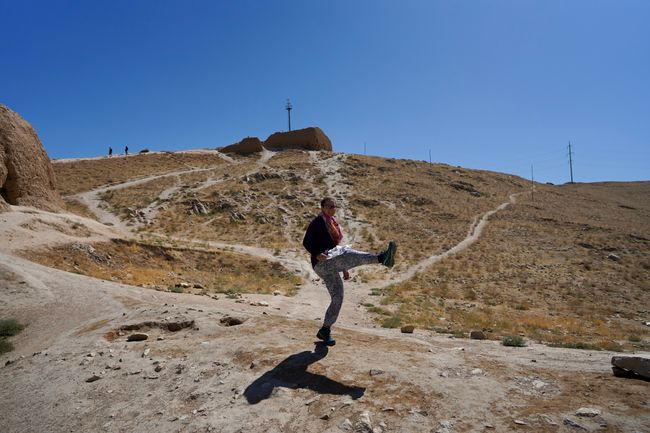
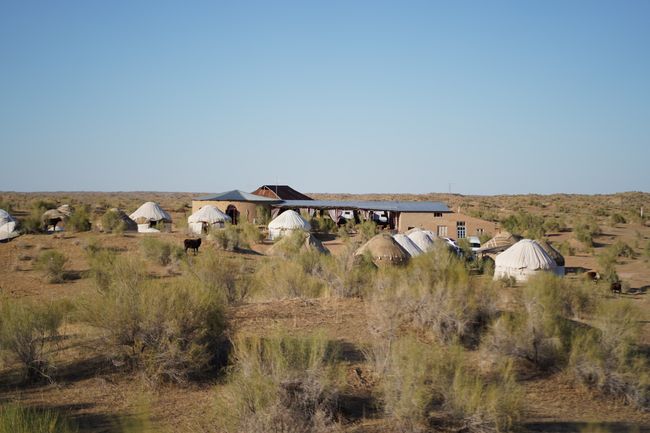
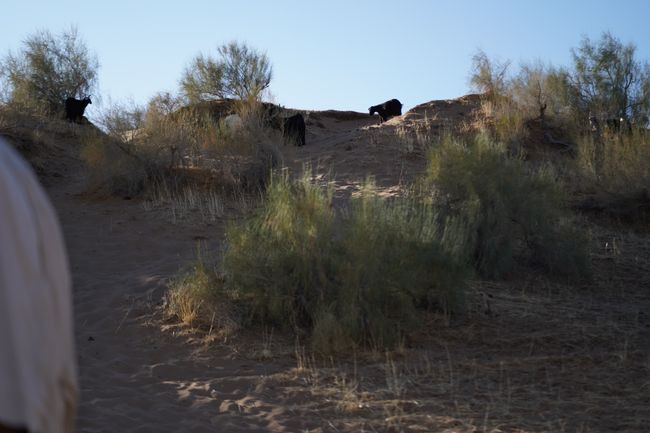
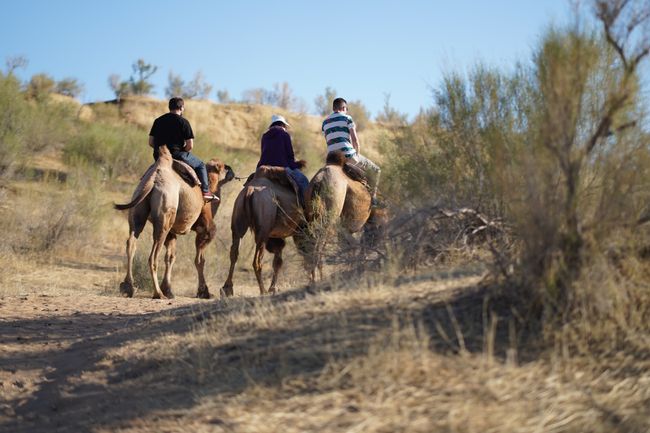
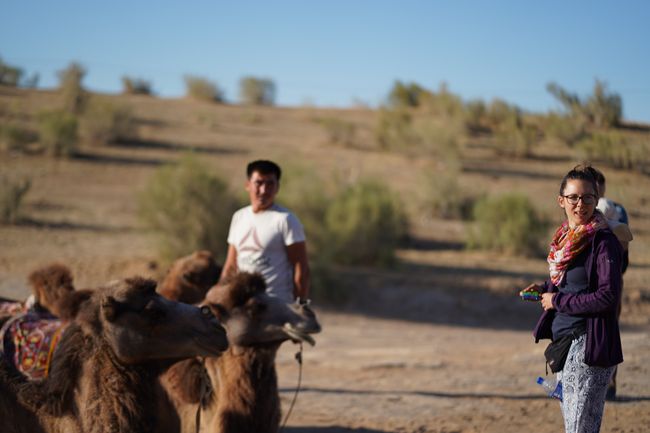
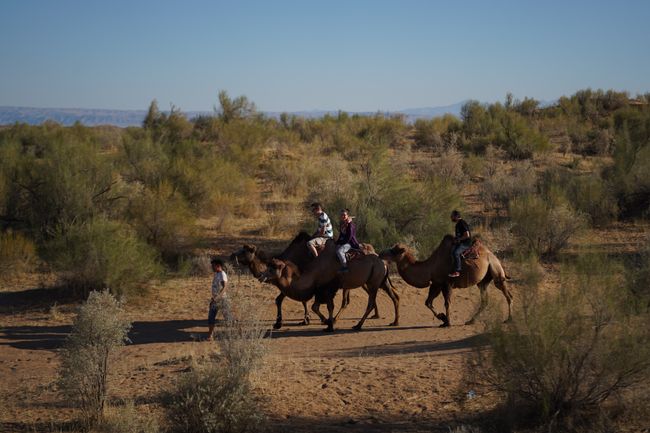
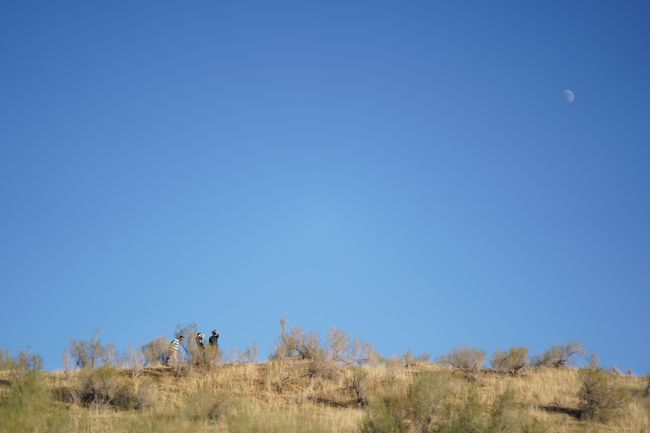
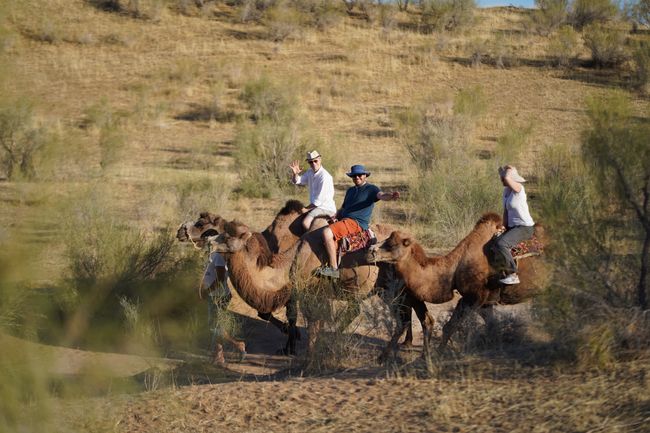
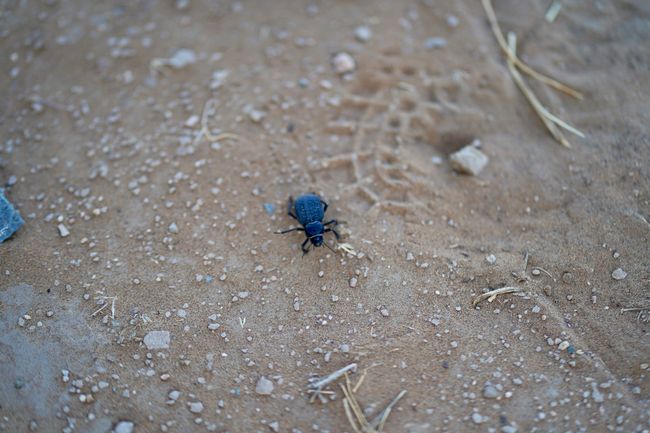
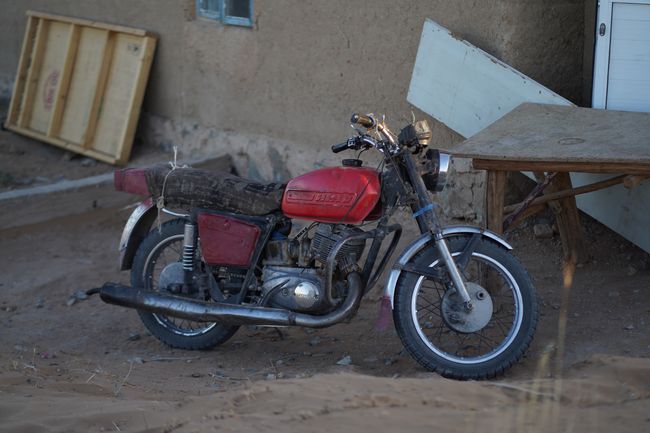
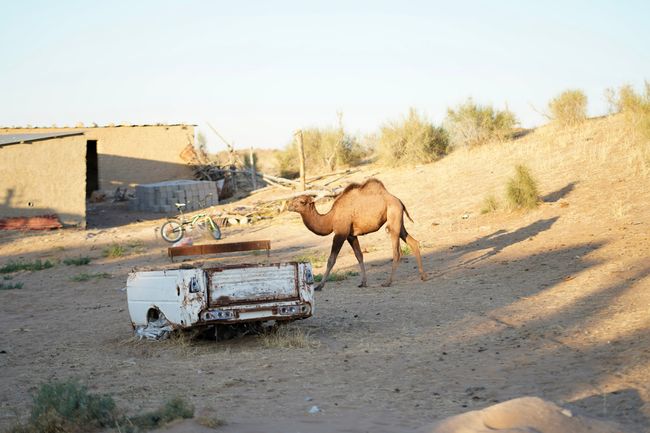
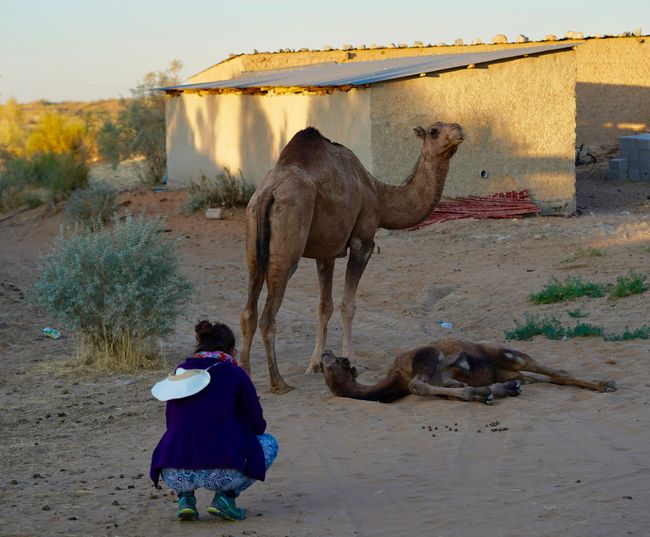
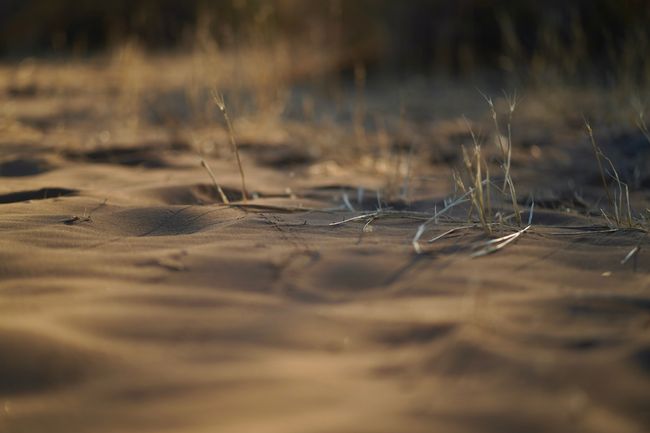
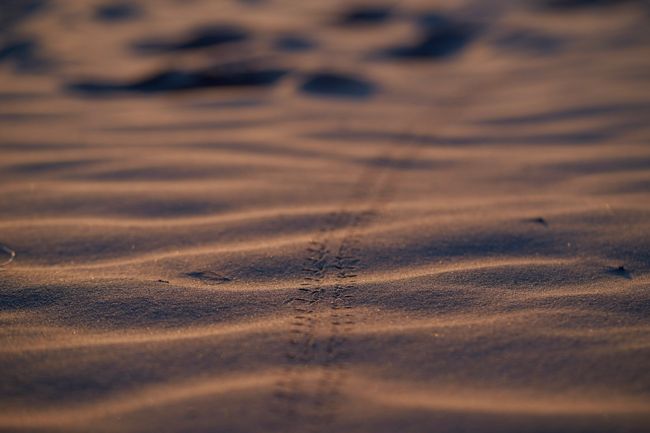
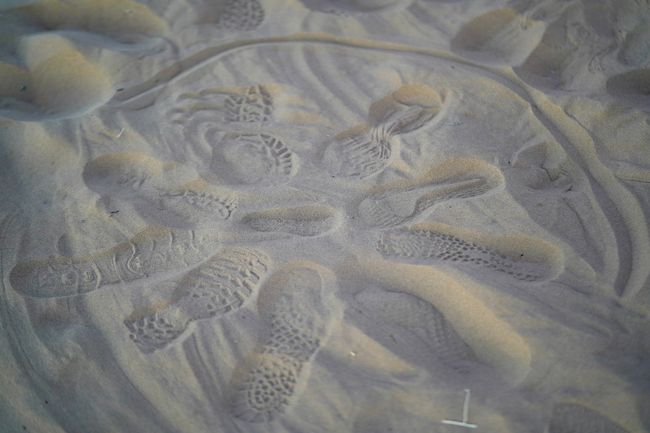
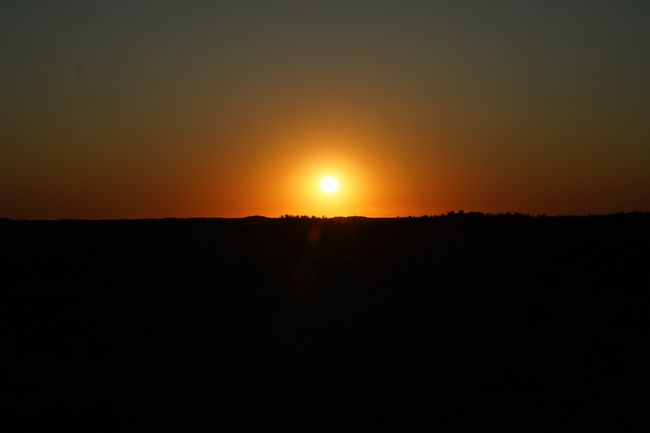
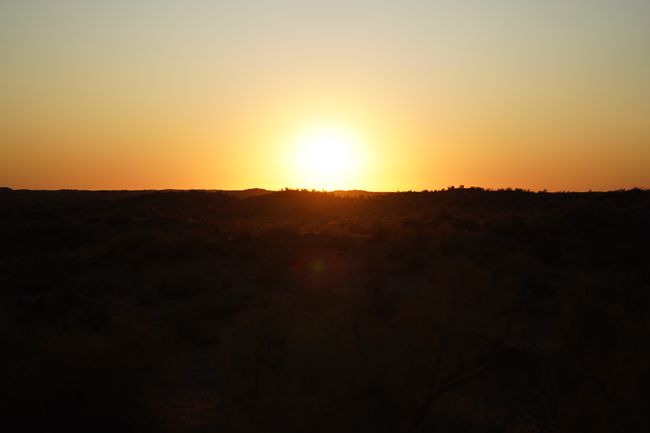
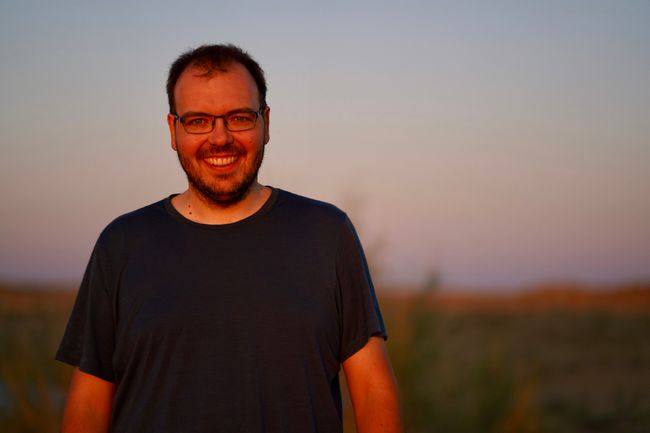
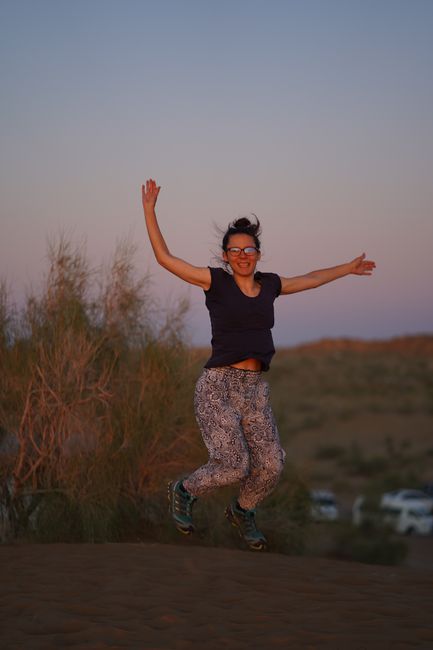
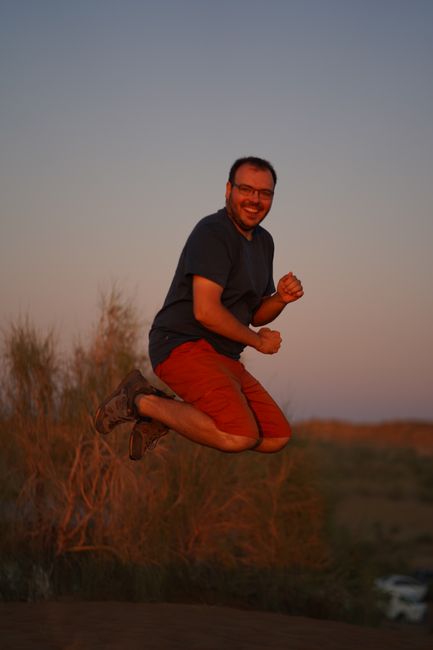
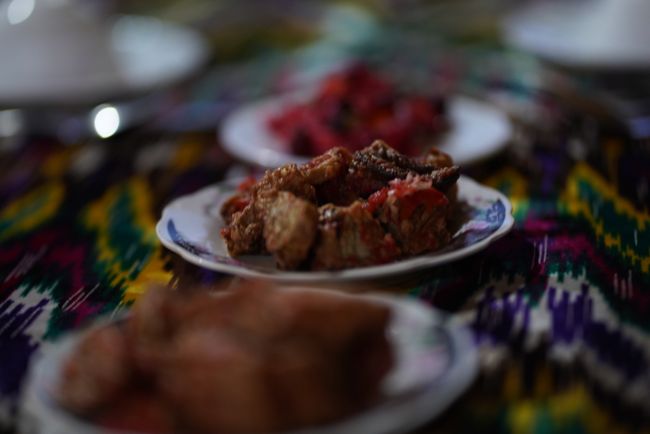
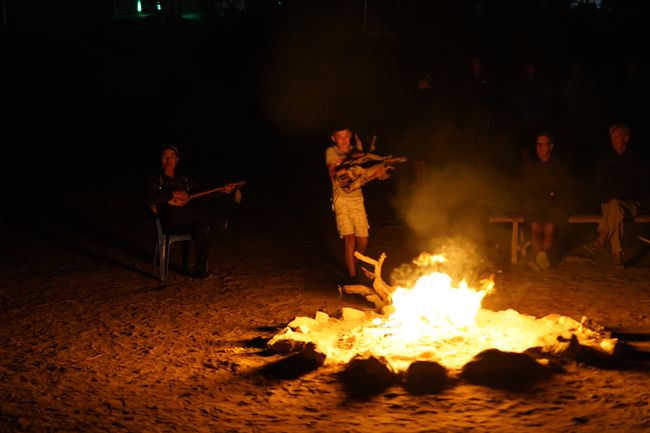
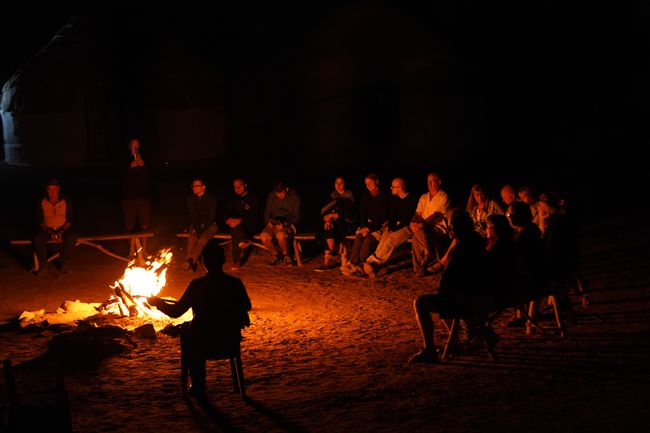
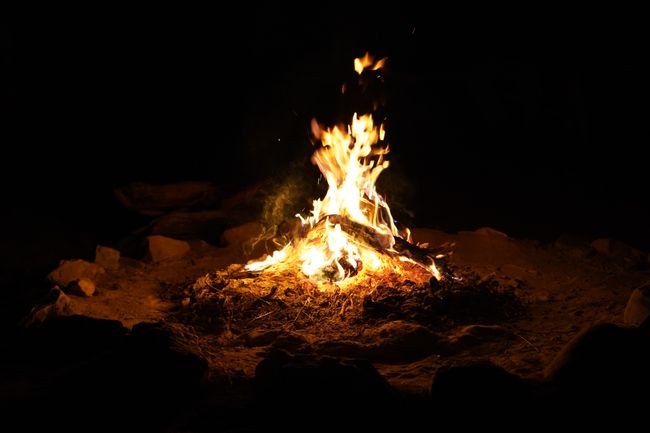
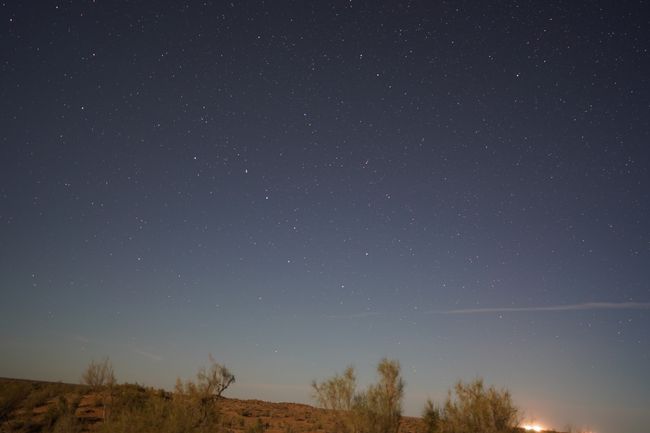
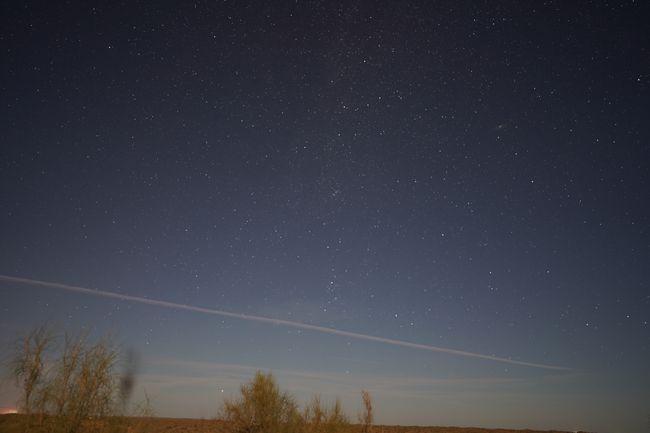
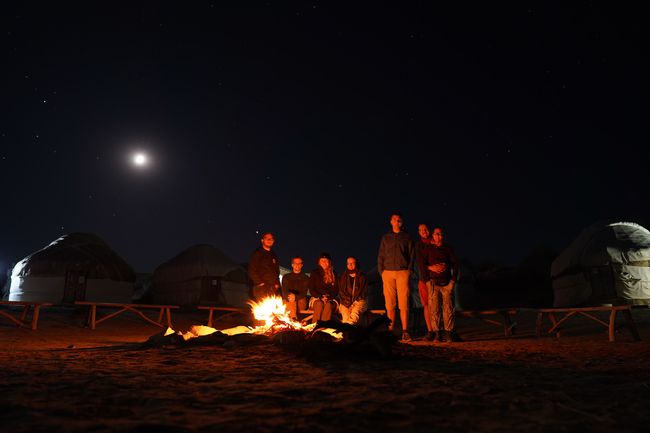
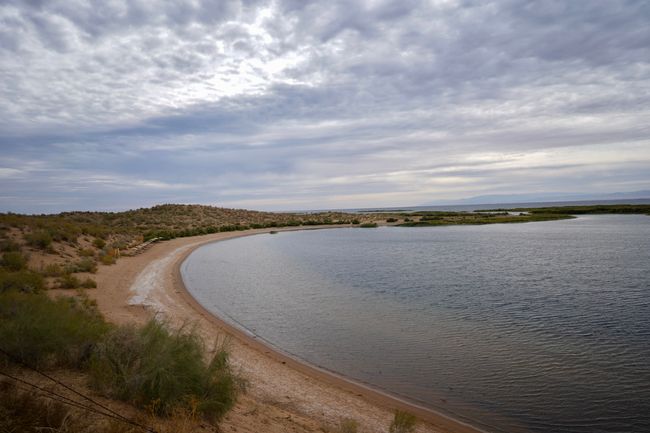
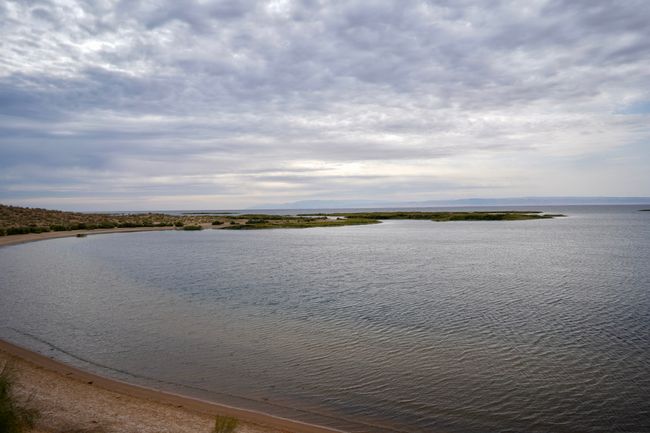
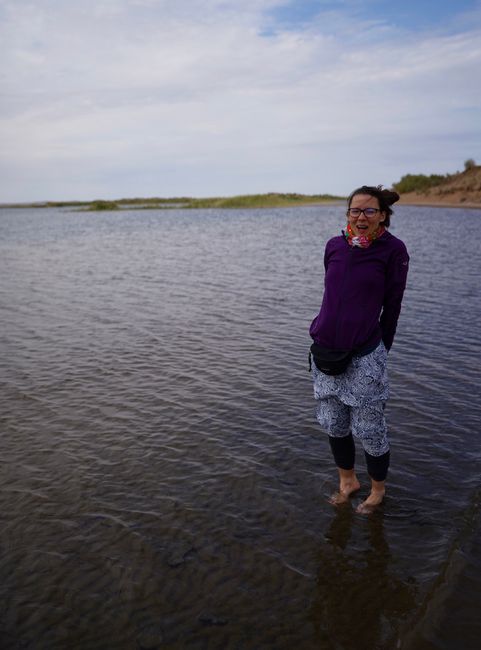
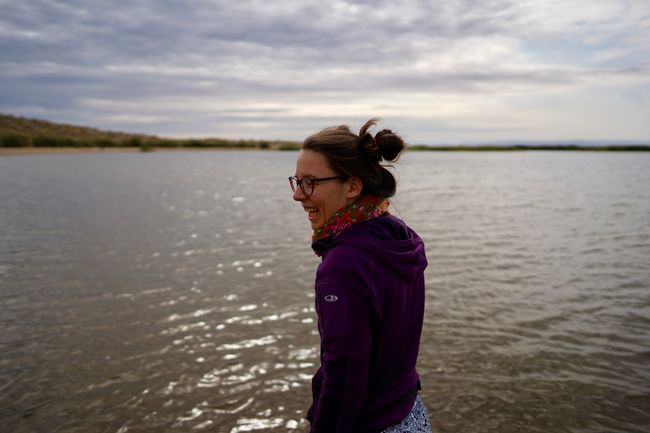
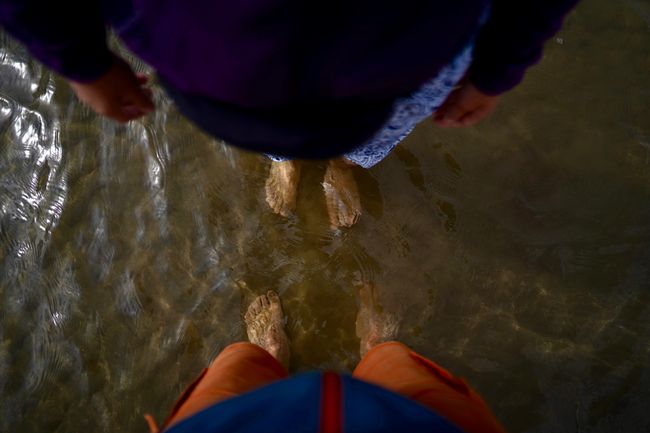
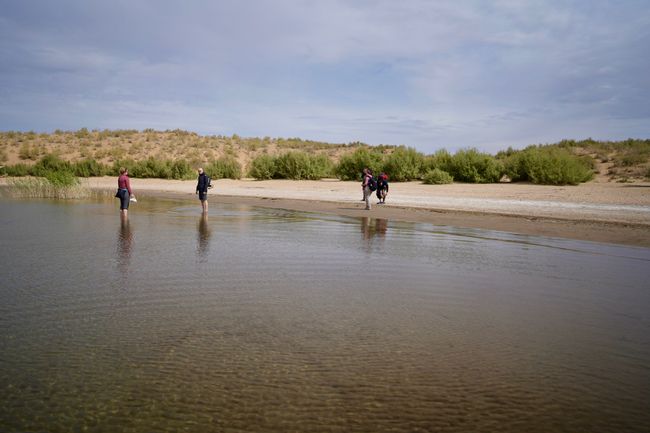
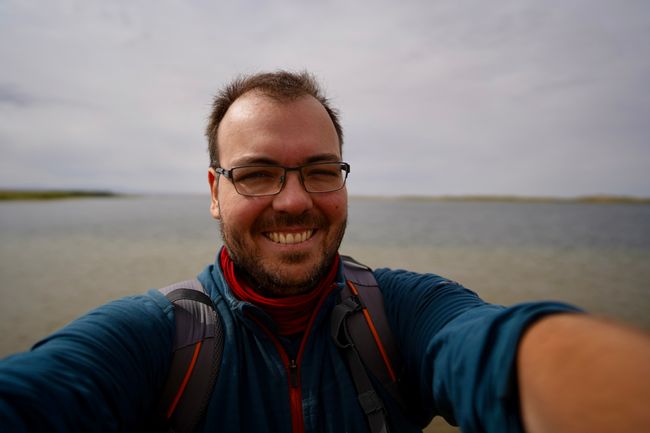
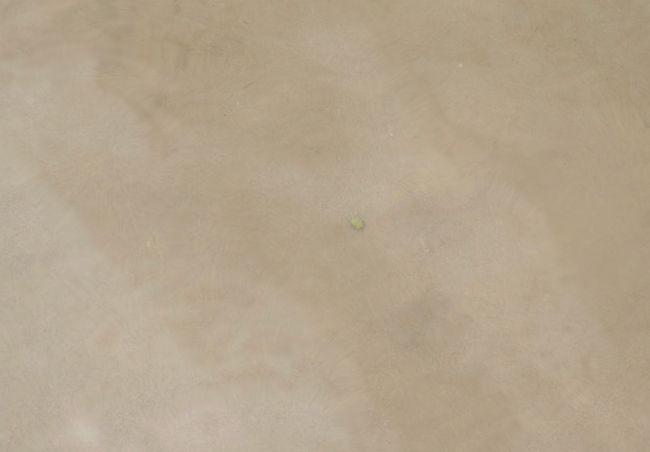
Abonnez-vous na Bulletin ya Sango
On September 7th, we started the yurt tour at 9am from Bukhara. The driver, who could have excellently imitated the slightly emaciated Johann König, was punctual, extremely helpful and attentive, had sufficient English skills and convinced with very good driving skills (the road quality was at least two classes better than the Moynak tour). The bus could have been a bit bigger, but it offered just enough space for 11 people with luggage. On the way there was a stop planned in the oasis city of Nurota. However, we were briefly delayed by a funeral procession, followed by a short visit to an old water reservoir. In Nurota, we visited the Nutara Mosque, where there was a water source with sacred fish. We also climbed the remains of the fortress, built by Alexander the Great and used as a preparation site for the attack on Samarkand. However, if the number of tourists continues to rise and they trample around in the same way, the fortress will certainly not last another two thousand years... For a brief moment, the mini ascent reminded us of the Tour-du-Mont-Blanc. Cool, a bit of action! When we reached the 'summit', we were greeted by a great view over the Kyzylkum Desert, a mini souvenir shop, and an older gentleman with his family who asked us where we came from. We heard this question at least once a day. When we said 'Germania', he and one of his family members started pondering about famous Germans... 'Bastian Schweinsteiger'...'Müller'... after a short pause: 'Erich Honecker'. Proud of the knowledge he had brought up, he looked at us with a slightly questioning look, wondering if we knew all these celebrities. We nodded slightly amused. Afterwards, he mentioned 'Angela Merkel'. What a lineup of famous German figures! By the way, AM was also very popular among other Uzbek people. Afterwards, we took group photos with him and his family members. We will definitely decorate some Uzbek family photo books...
For lunch, we had a cozy backyard in Nurota, where a 'Tripadvisor 9.1' sticker adorned a wall. So we were in good culinary hands! Apart from the salad appetizers, we were practically served the same food in the yurt camp in the evening (there was soup and roughly chopped potatoes with two carrot pieces and meat). It was down-to-earth. Vegetarians could order soup without pieces of meat and more salad. We had not expected any culinary specialties and were therefore positively surprised by the quality and quantity of the food. For dessert, there was delicious watermelon, as often in Uzbekistan.
After we arrived at the camp, we moved into our yurts, which had four or five beds, and let ourselves be led through the desert on camels. Unlike the camels in the Gobi Desert, the camels here had a wooden stick through their nose, to which a rope was attached for guidance. This seems to be partly common for better guidance, but it is certainly not animal-friendly! In addition, one of the camels had an infection and there were many flies sitting there :( Next time, we will refrain from camel riding in such a case. Two camels behind the main yurt hut had been spared from the nose stick. We later approached the two camels, Janina's approaches were captured photographically :)
After dinner, someone played their 'Usbekulele' by the campfire - probably Uzbek folk songs. Campfire romance! A boy constantly added firewood and we warmed ourselves by the blazing fire. After half an hour, the beautiful show ended and the boy went around with the collection bag. The other tourist groups quickly disappeared, but we sat by the fire until after 11 pm, when only a courtesy wooden splinter was left. It was cold in the desert. The duvets were cozy and warm, but for people with limited hair, a hat for the night should be packed, otherwise brain freeze threatens. Unfortunately, we could only faintly see the Milky Way in the sky, the half moon spoiled our fascinating stargazing. Next time in the Gobi Desert during the new moon, it will be made up for! Furthermore, it should be mentioned that the sanitary communal facilities had a good campsite standard, but the showers were cold; and (biodegradable) wet wipes are still useful.
The next morning, we drove to Aydarkul Lake (actually Aydar kul or Aydar Sea), which was formed from 1969 to 1970 by the emergency opening of the Shardara Dam in Kazakhstan. Today, it measures a length of 180 km and a width of 32 km and is fed by the Syr Darya River. The water level is largely controlled by dams at the moment. The weather was cloudy and the temperatures were in the Uzbek (summer) cellar (about 18 degrees Celsius), so we left our bathing suits in our backpacks. For our feet and calves, however, the temperatures of the lake were fine, in some places even pleasantly warm. We went on an exploration tour of the wildlife at the shore of Aydarkul Lake! And we discovered small fish (similar to tadpoles) that even nibbled on Janina's foot, larger fish (10 cm long), and three small, green TicTac-sized beetles with legs and feeding tools. They moved relatively randomly on the sandy bottom and defied the current here and there. Very exciting!
The route from the yurt camp did not go back to Bukhara, but - as agreed with 'responsible travel' before - to Samarkand. Along the way, you could already catch sight of mountain slopes in the distance. Since the camp was located at the northwest corner of Aydarkul Lake, the drive took just under 5 hours. Not bad! Despite the quite long drives, yurt camping with the offered program was a successful change with beautiful non-tourist moments!
Abonnez-vous na Bulletin ya Sango
Eyano
